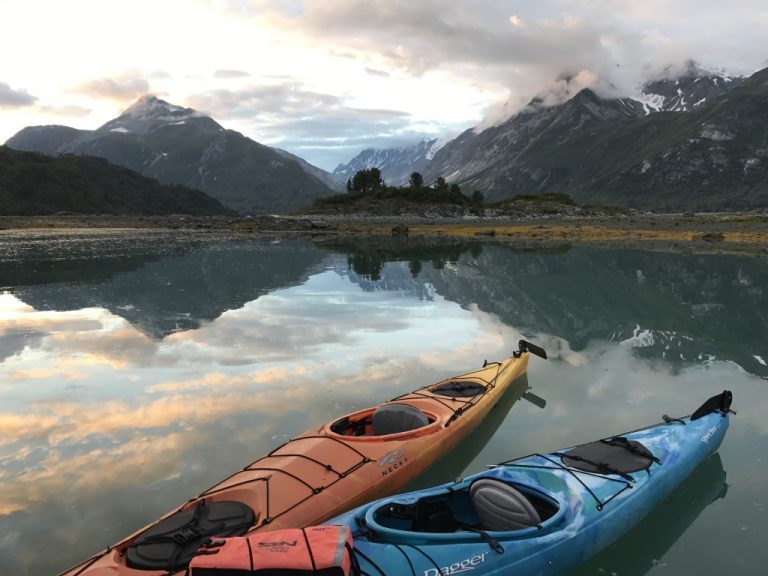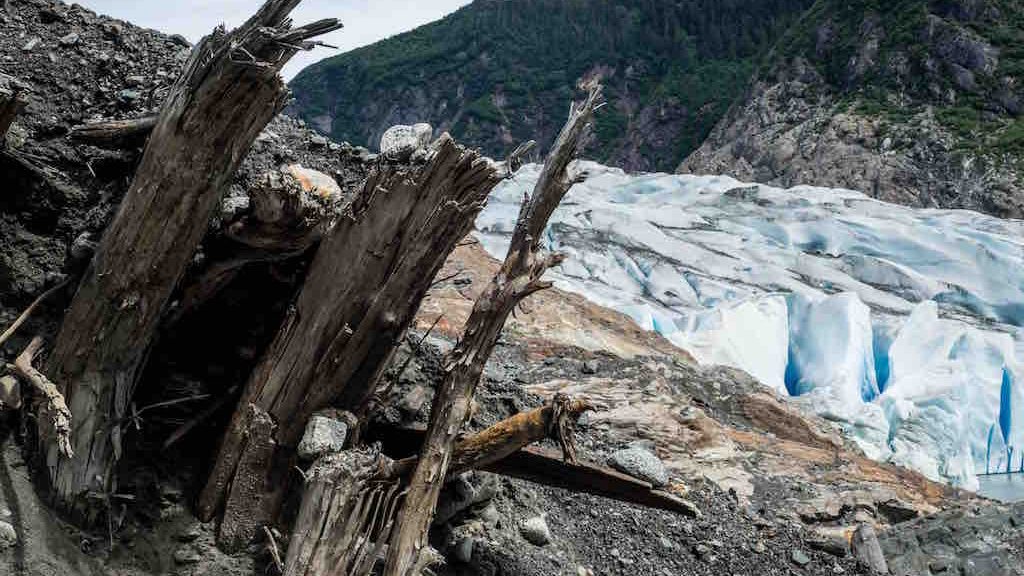I recently had the pleasure to work with a team of ecologists for eight days in Glacier Bay National Park and Preserve. The point of the trip was to reoccupy and expand investigations of the Cooper Plots established over 100 years ago in the wake of the retreating ice in the West Arm. A nice rundown of this ecological succession work is presented here on Glacier Hub. The ecology team recently published on their rediscovery of the plots, which was heroic considering the immense lands, intense brush and sometimes cryptic description of the plot locations.
The accommodations and views in the West Arm of Glacier Bay were spectacular. Logistics of the project were supported by the National Park Service, who we gratefully acknowledge.
The team of ecologists included (left to right) Drs. Allison Bidlack (Director, Alaska Coastal Rainforest Center, University of Alaska Southeast), Sarah Bisbing (University of Nevada – Reno) and Brian Buma (University of Alaska Southeast). I was along to core trees at the sites (Wooster Tree Ring Lab) and to measure the size of alders.
Sarah and Brian cordon off one of Cooper’s 1-meter plots with string so we don’t trample the vegetation. Sarah reals out a 15-meter tape with Allison on……


